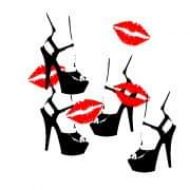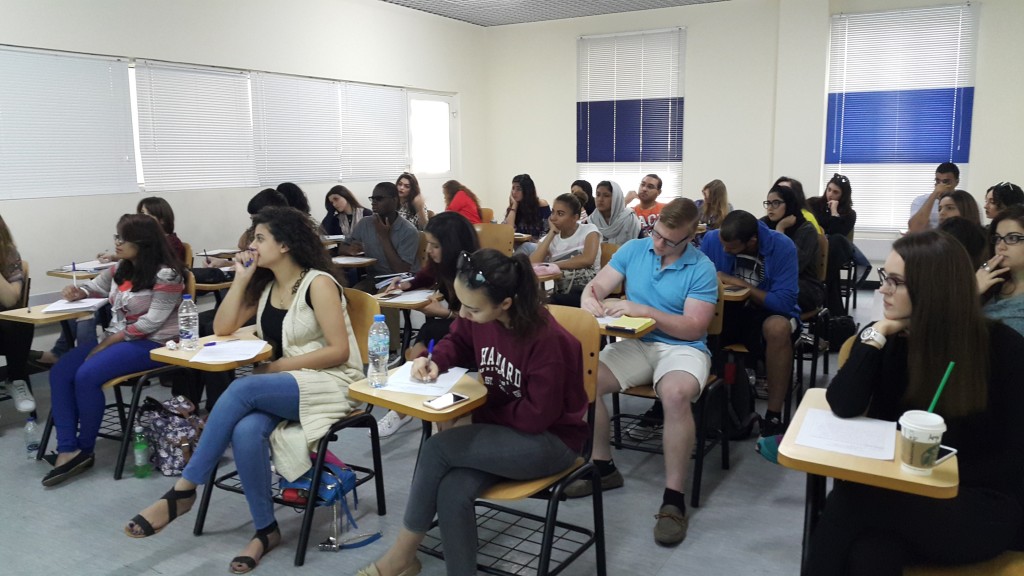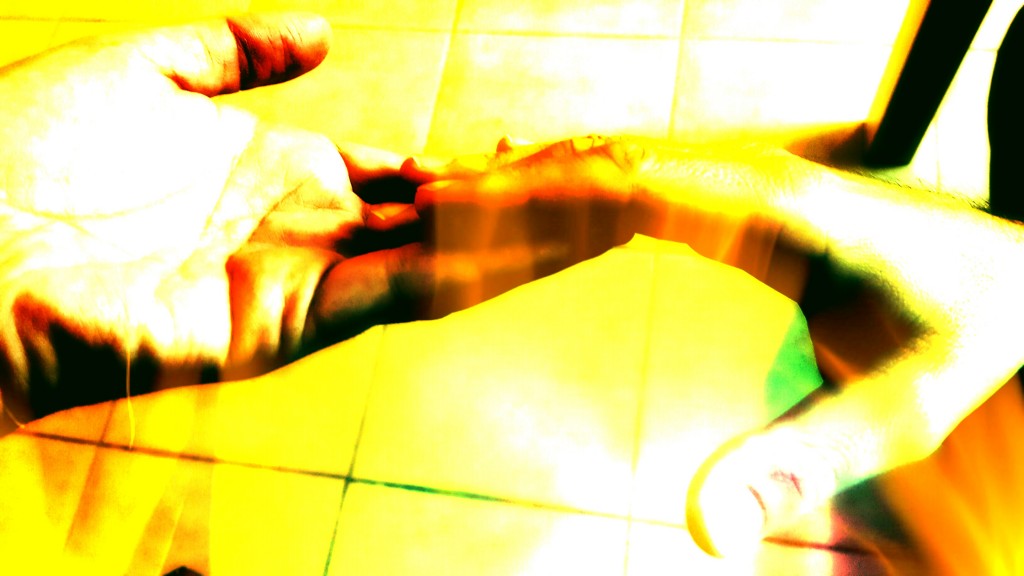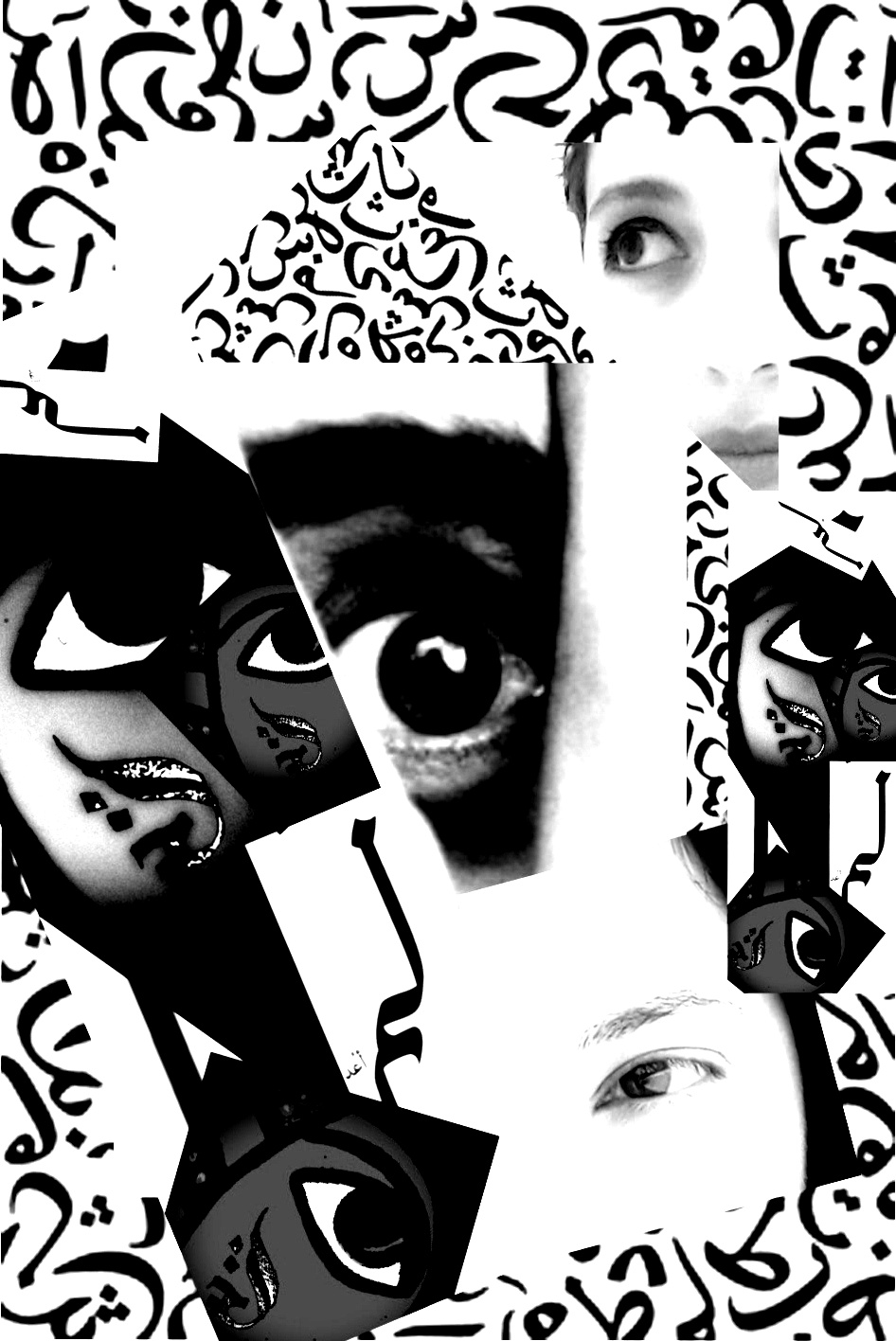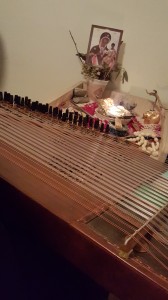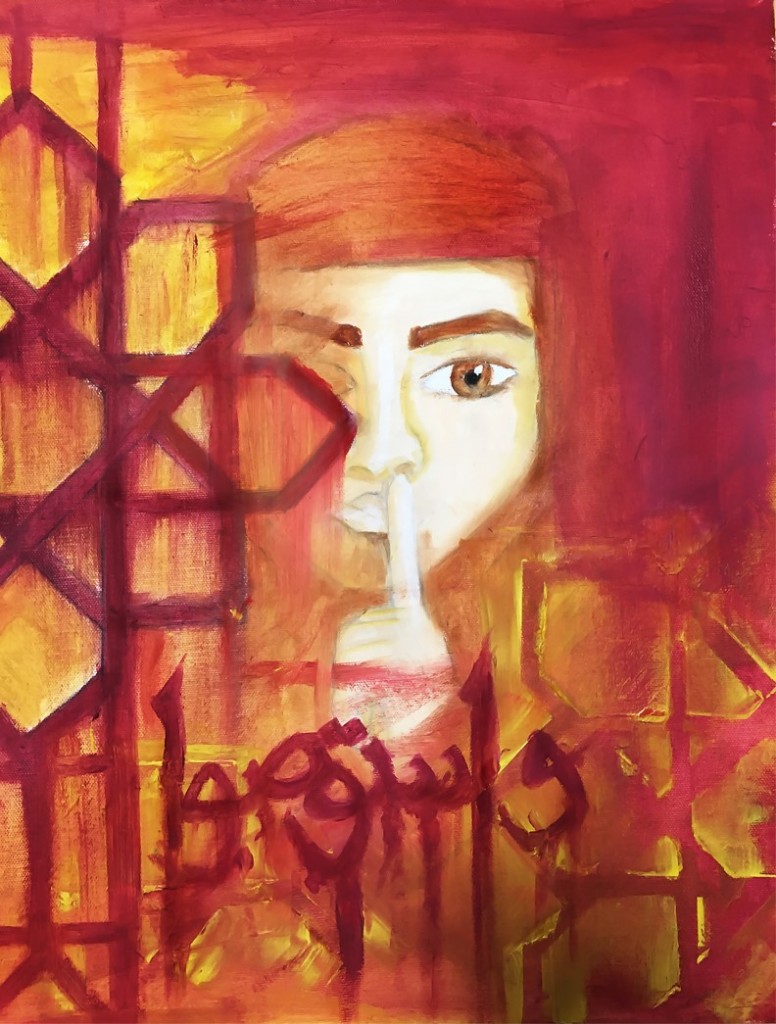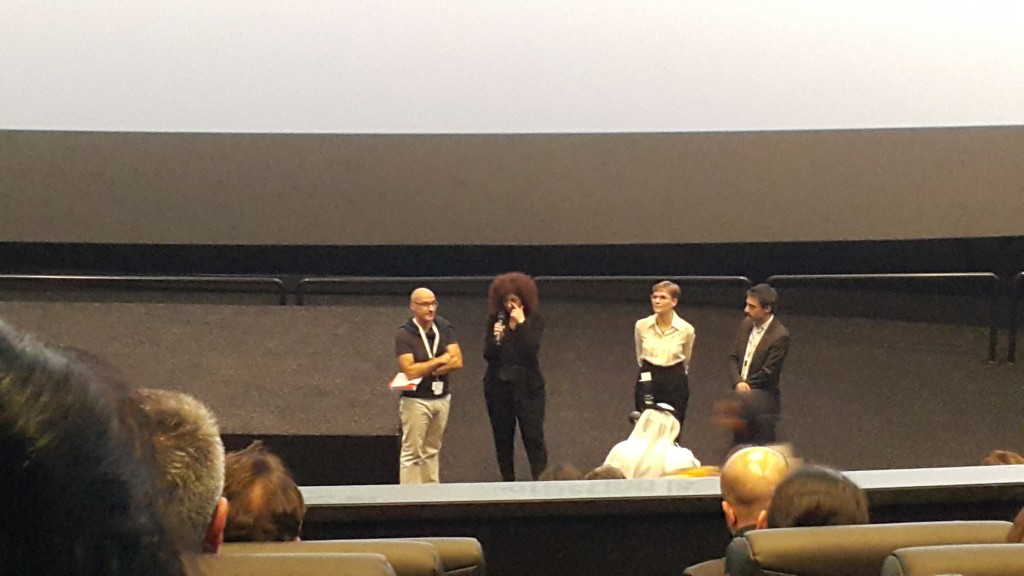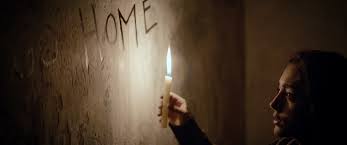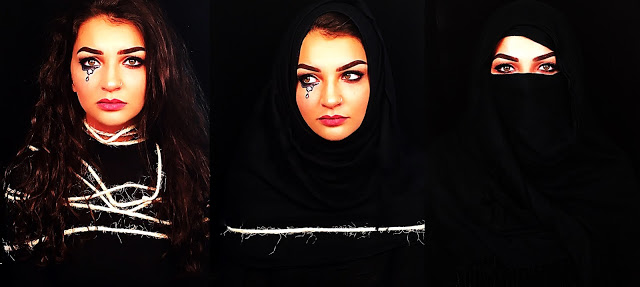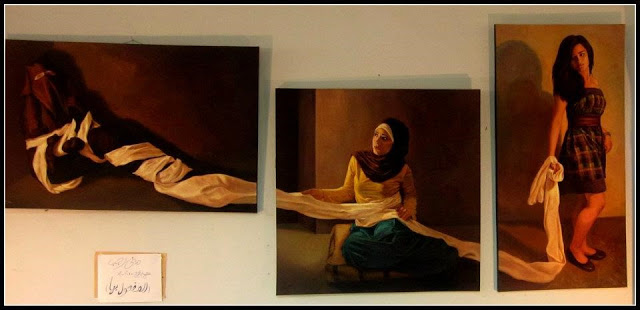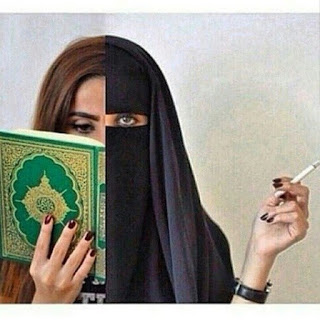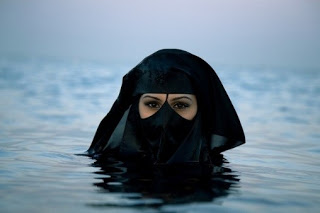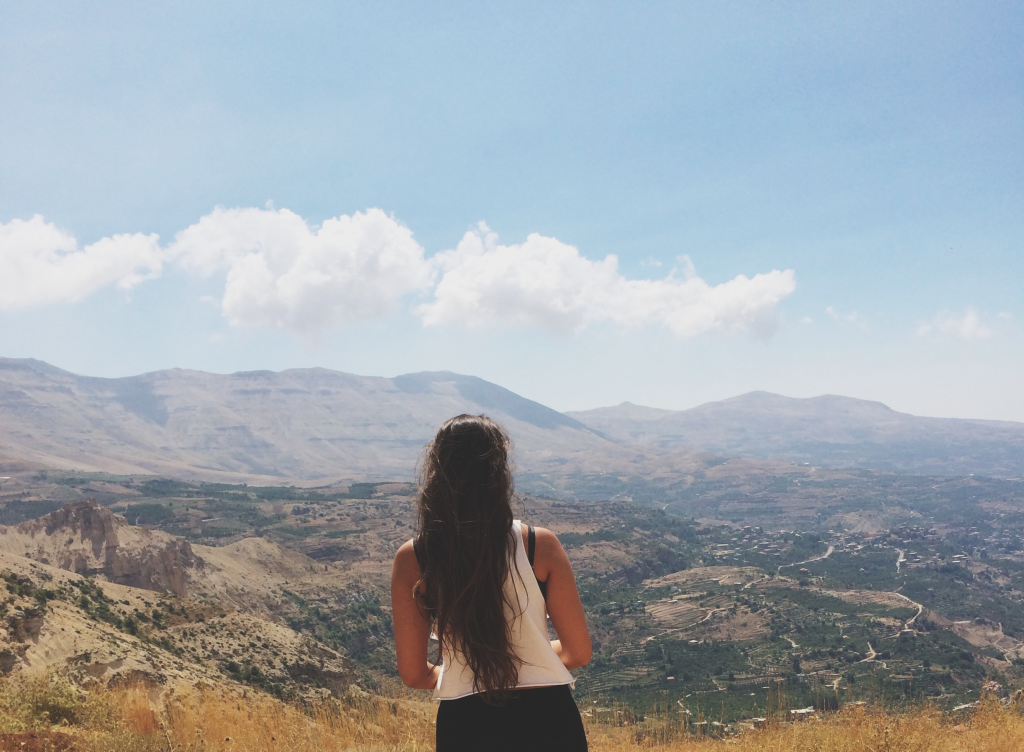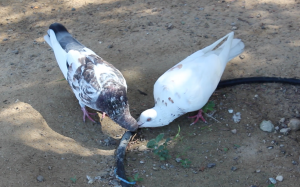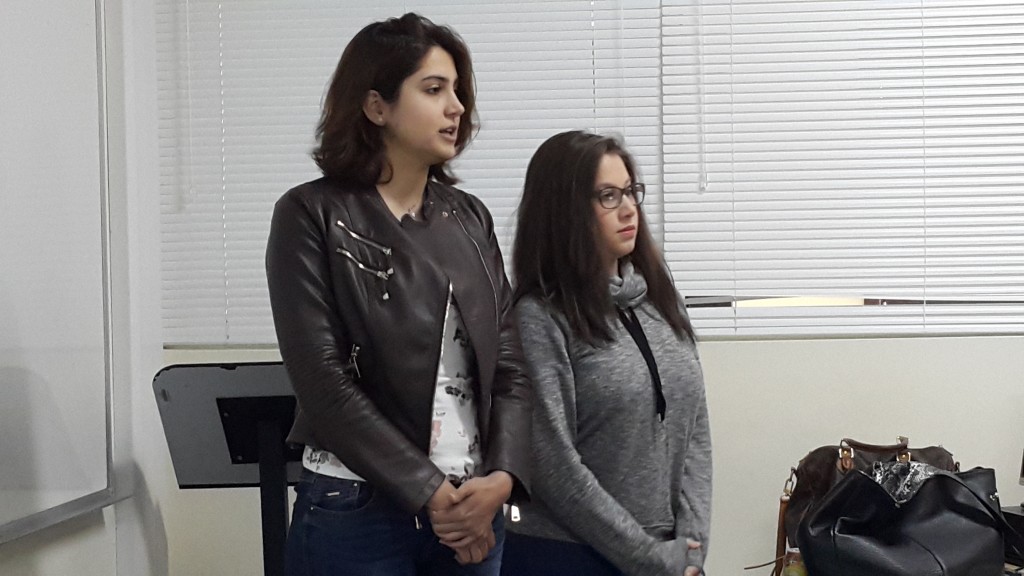
On February 28th, 12pm, students in Dr. Pamela Chrabieh’s “Religions of the World” course at the American University in Dubai had the opportunity to watch the documentary “Turoq” and meet its directors, Sarah Hassan and Leen Al Faysal. Sarah and Leen are former students of Dr. Chrabieh. Sarah is journalist and producer with CNN International and Leen is currently working as a video producer at CNN Arabic. Following the screening, students shared a class discussion on the documentary and Sarah and Leen shared the behind story in creating it.
“Turoq” literally translates to “paths”, “ways”, and follows the daily lives of five Sunni Muslim characters from similar socio-economic backgrounds in Dubai. The first character is a conservative physics teacher, who believes that contrary to popular thought, science does not contradict religion. The second is a female soccer player who was denied from joining FIFA because of her hijab. The third is a liberal young man, who believes that people must not embrace ethical values because of their religion, but because they are human. The fourth is a Sufi scholar who believes himself to be a Muslim and takes a spiritual approach to his religion. The last is a female dentist student who questions: “What makes me better than my Christian neighbor? Why will I go to heaven as a Muslim and him/her to hell?”
The documentary closely follows each of these characters through their daily lives and shows the wide spectrum from liberal to conservative found in the same sectarian branch and the same context. Often times, the routines of the characters contradicted one another; for example, when it comes to prayer practices. However, these contradictions did not appear as confusing nor ironic. In fact, they only corroborated that religion, unlike how the media depicts it, is not a set of rules or a list of requirements. Religion encapsulates only one single idea — a love for one another — and if this is met, anyone has the right to call themselves a follower. The documentary concluded with each of the characters simultaneously speaking their beliefs in the backgrounds, yet all of them laughing happily on screen. This depiction of laughter, a basic human instinct, once again emphasized the common ground that can be found amongst all people, regardless of their day-to-day lives: we are all humans.
Sarah and Leen shared the processes involved in creating this documentary. They specifically chose to focus on Islam as organizations such as ISIS were creating stereotypes that generalized extremism to the entire Muslim population. Listening to the personal interpretations of these five characters allowed the filming experience to be a religious journey for the producers as well. Sarah especially was inspired by the Sufi and his spiritual approach to Islam. Originally, there were supposed to be 9 characters; however, complications led to only 5 being actually filmed. Fortunately, Sarah and Leen found themselves surprisingly satisfied with this final number of five, as it coincided appropriately with Islam’s five pillars of faith and five prayers a day.
Students in Dr. Chrabieh’s class reflected that the documentary was extremely powerful in eradicating any stereotypes on Muslims and expanding their definition of a “religion.” One student captured the main idea of the documentary in a short yet dense sentence: “There is no right way to reach God, only a right God.” There were also a few students that thought that the documentary could have also reflected some negative views about Islam for an even more diverse perspective. Nonetheless, the students’ feedbacks were all very positive and reflective.
Beyond the content, however, the documentary itself also sends powerful messages. From Sarah and Leen’s work we are given evidence that women from Southwestern Asia are as inspired and capable of producing as beautiful artworks as such. We need to appreciate Sarah and Leen’s initiative as much as we had appreciated the 5 unique characters shown in their documentary. Diversity is so applauded when it was shown on screen — the ability of a piece of artwork to provide a platform for multiple perspectives is always considered a virtue. Naturally then, shouldn’t we also be applauding the diversity behind the screen as well? Women have an ability to express unique and innovative ideas when it comes to religion, perhaps because they have been silenced for so long. “Turoq” is just one of the many movements women of Southwestern Asia are committing to in order to make their presence known in the aesthetic community.
Furthermore, Sarah and Leen, as Syrians, also break the specific stereotypes related to Syria. Most people today think of war, refugee, corruption, etc. when they hear the country’s name, but in truth Syrians are not just people who deserve our pity. They have a strong artistic culture of their own, as shown through not only Sarah and Leen but also artists such as Diana El Jeiroudi, Sara Shamma, and Diana Al Hadid. El Jeiroudi is also an independent filmmaker who co-founded ProAction Film, the only independent film production company to be based in Syria. Her first documentary, “Dolls – A woman from Damascus,” examines the Arab’s Barbie — the Fulla Doll — and its negative influences on the young. Shamma is a painter whose works are largely inspired by war memory; her works were exhibited not only in Southwestern Asia but also in Europe and America. Al Hadid refers to herself as a “builder” and uses industrial materials, such as glass and steel, to create 3D works of art that represent problems that arise with cultural differences. Now, with this information, we can all take a step to eliminating stereotypes forever. When the name Syria is called, remember El Jeiroudi, remember Shamma, remember Al Hadid. Remember these artists and that Syria is more than a place of strife, it is also a home to beautiful artistic activities.
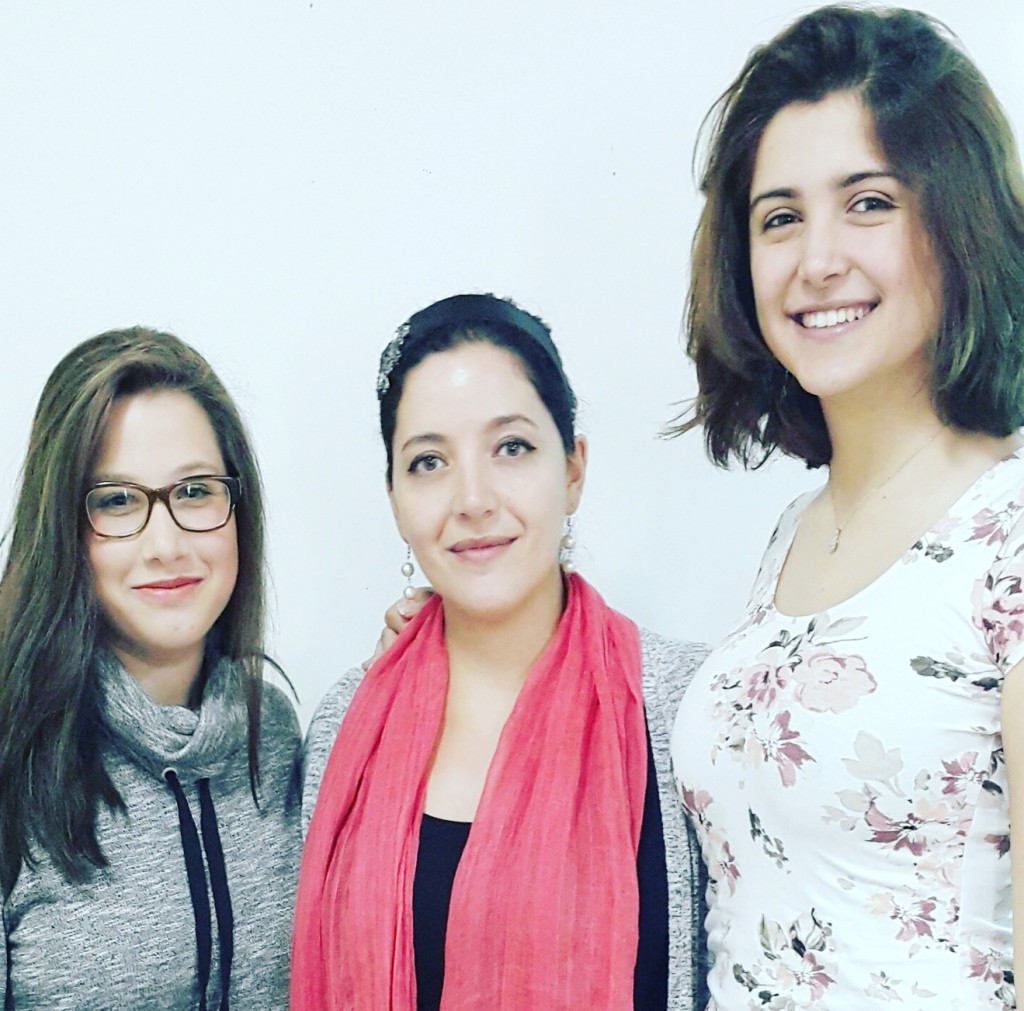
Sources:
http://theculturetrip.com/middle-east/syria/articles/the-10-best-syrian-artists-and-where-to-find-them/
http://www.telegraph.co.uk/women/womens-life/11606415/Syrian-war-Meet-the-woman-artist-who-paints-the-terror-and-torment.html
